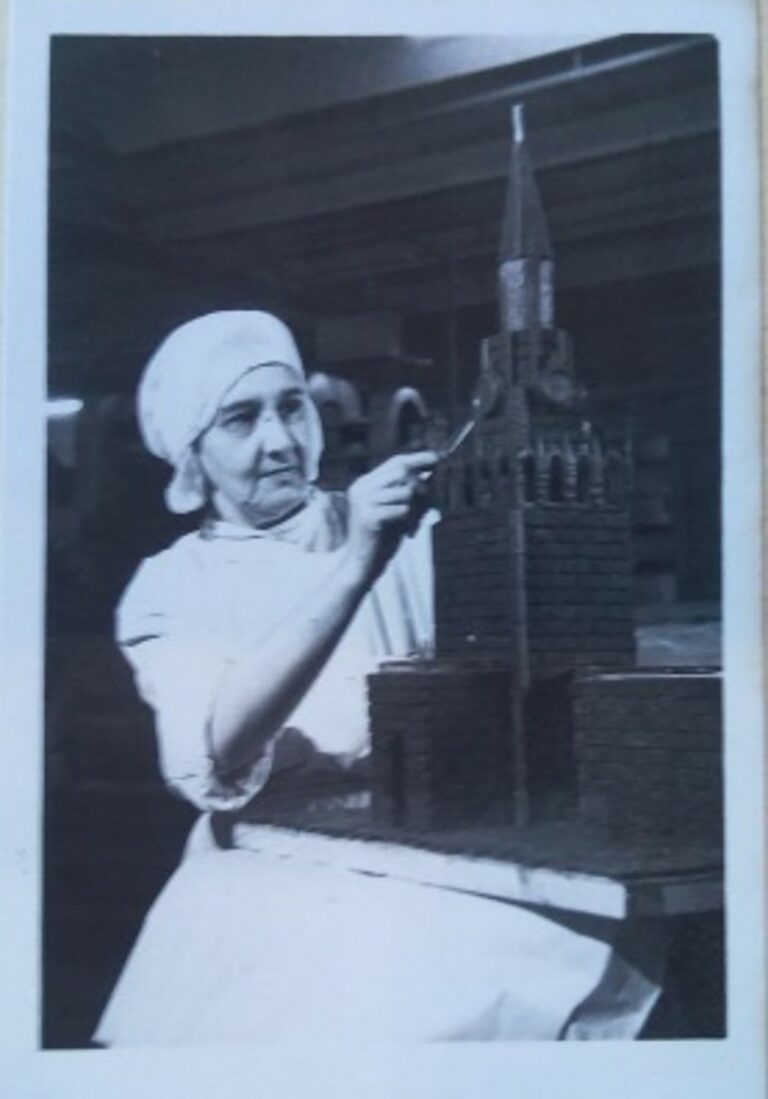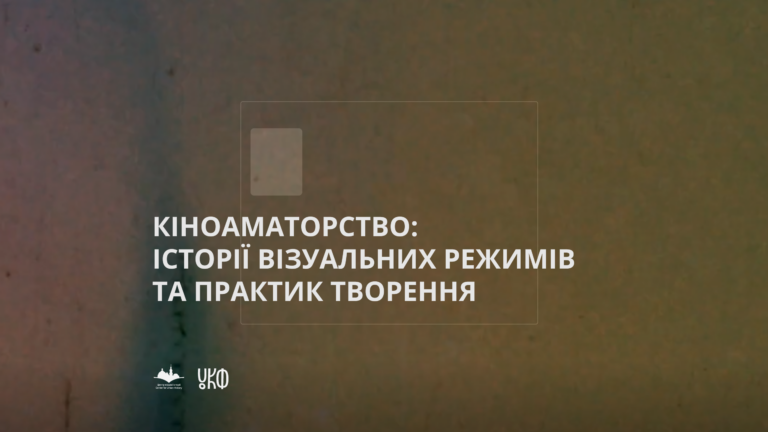Related sources:

Leisure Time of Workers through the Eyes of a Soviet Dissident: Oleksa Tykhyi on Reading Practices
Oleksa Tykhyi (1927–1984) was a rural teacher who worked near the Donbas town of Druzhkivka. In 1956, he was sentenced to seven years in a Mordovian labour camp for criticising the Soviet invasion of Hungary. There, he took part in a rebellion against the prison administration and spent a year in solitary confinement. While in the camp, he met many dissidents, including Levko Lukiyanenko, with whom he became friends. After returning to Ukraine in 1964, Tykhyi was banned from intellectual work and forced to leave teaching, taking up manual labour instead — a common path for Soviet dissidents. Most of his journalistic articles were written during this period: “Reflections on the Ukrainian Language...

A worker from the Lviv Confectionery Factory “Bilshovyk,” T.M. Etinger, at work, 1956
The photo is part of the collection of press photos from the State Archives of Lviv Region showing different economic areas: industry, agriculture, culture, and sports. The photo shows a worker of Lviv Confectionery Factory, T.M.Etinger. According to the accompanying inscription, she is “one of the best” workers, a labour veteran). She is captured at making a Kremlin’s Savior Tower. The nature of this photo and of the entire collection implies the genre of press photos that had to accompanied by a text (newspaper publication). The photo was meant to illustrate the message, to make it sound more convincing, to encourage and inspire the reading workers to accomplish more in their labour. In...

Where Are We Headed?, a 1989 Mariupol Studio Film
Where Are We Headed? reflects the ideas of Perestroika. It shows the increasing concern among the grassroots movements over the environmental issues. The film was created at the amateur “Kadr” film studio in Mariupol, Ukrainian Soviet Socialist Republic. It addresses the most pressing environmental problems in Mariupol (in 1984-1989 called Zhdanov, after the Soviet revolutionary, politician, and accomplice in the Great Purge of 1937-1938, Andrei Zhdanov).
Amateur film is a phenomenon directly related to the technology of small-format shooting. It dates back to the end of the 19th century, but it acquired a mass character in the middle and second half of the 20th century. For many, filmmaking has become a means of creative self-expression, a tool for remembering and capturing important events in life, as well as an opportunity for leisure and interaction between people. Kilometers of film shot by amateur filmmakers still remain unreviewed due to the decline of technology and the private nature of filming. The legacy of amateur filmmakers is a huge layer of visual sources that witnessed the past from the perspective of a...



